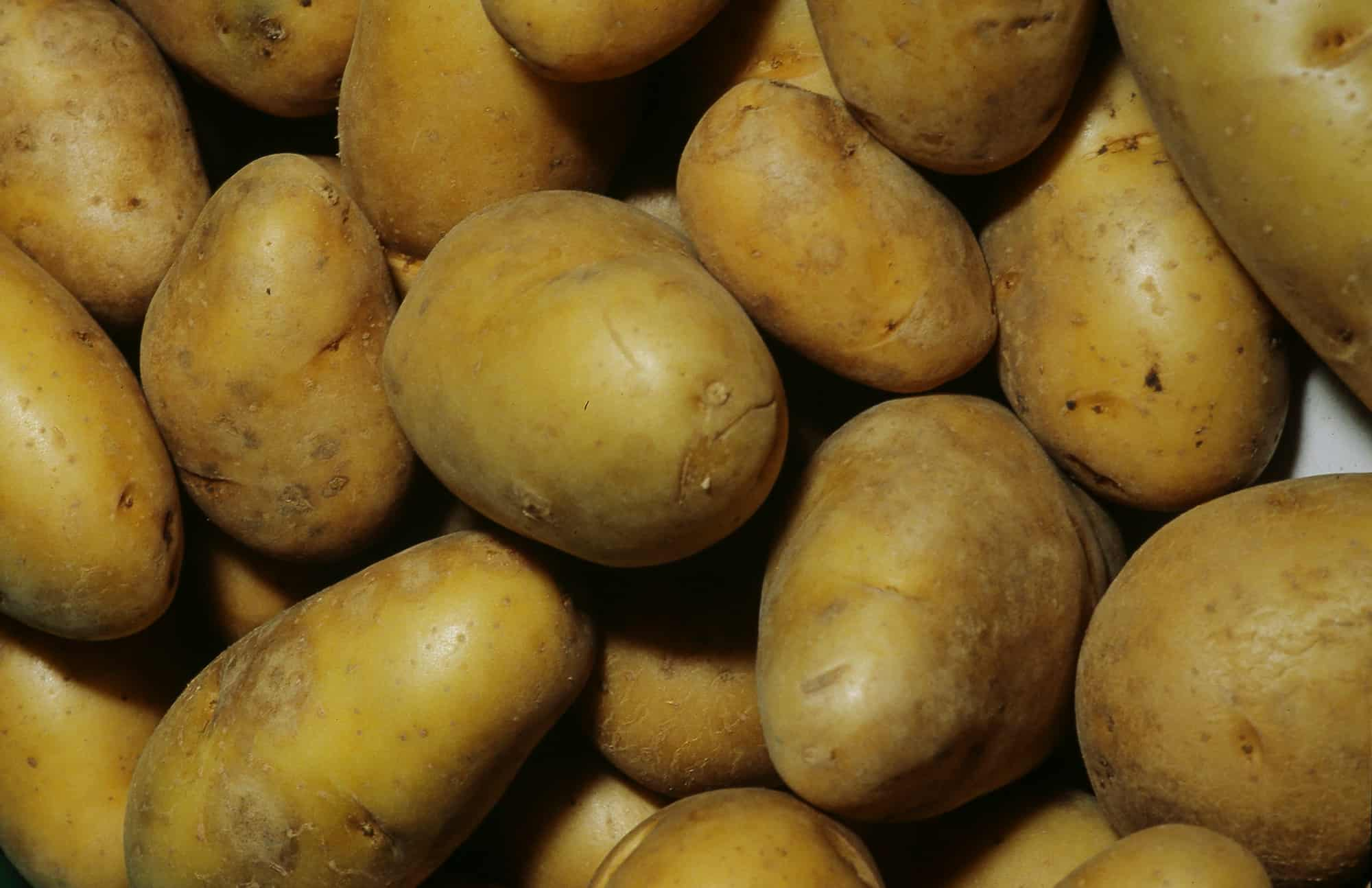
Growing Potatoes on Grass
An amazing technique
Contents
Potatoes are essential in cooking. However, in the vegetable garden, they are often overlooked by gardeners. Why? Perhaps because they require a minimum amount of space? Maybe because the soil needs to be worked deeply? Or perhaps because a good dose of compost or manure is necessary to satisfy their appetite? In recent years, new organic growing practices such as permaculture have inspired many gardeners. And the cultivation of potatoes is greatly benefiting from this revival. Among the alternatives, growing potatoes on grass is gaining traction. Here are all our tips for planting, growing, and maintaining to rediscover the potato!
How does potato cultivation work on grass?
The principle of this potato planting technique, straight from permaculture, is surprising in its simplicity. It is thought to be inspired by Native Americans, the historical and ancestral cultivators of potatoes. However, this remains uncertain due to the lack of reliable historical sources.
In summary, it involves growing these beloved tubercles not in the soil but on short grass meadows or a simple patch of herb, for example, along a fence or in the vegetable garden, in a somewhat neglected space. This is therefore a form of above-ground potato cultivation, which consists of placing them, at regular intervals, under a thick layer of mulch. And that’s (almost) it!
Read also
Planting potatoThe benefits of growing your potatoes above ground
To convince traditional gardeners, who can sometimes be somewhat reluctant to embrace new experiences, the best approach is to highlight the benefits of growing potatoes on a small patch of grass. And there are many!
- It reduces the work normally required for potato cultivation. Indeed, to thrive, Belle de Fontenay, Amandine, BF 15, and others like Sirtema require deep, worked, turned, and dug soil… and then well-fed with compost or manure. All these actions involve work, effort, and chronic back pain. Not to mention the need to mound them to prevent exposure to light. And of course, harvesting them comes with the risk of piercing a few and forgetting others.
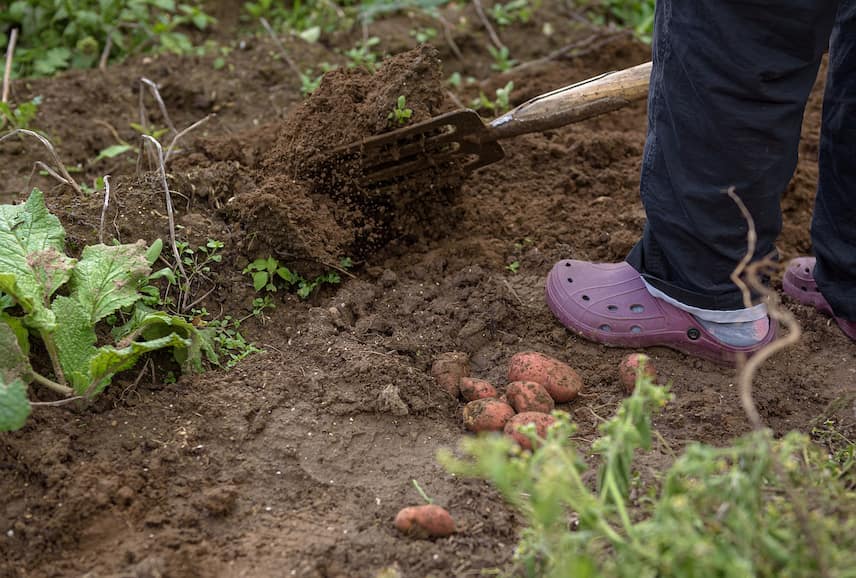
Growing potatoes on grass does not require soil preparation. Mounding and harvesting are simplified.
With potato cultivation on grass, these chores are a thing of the past! You simply place the potato, cover it, add a bit of mulch, and harvest. Since you don’t work the soil, you minimise the risk of back pain…
- It reduces the need for watering, which is a good thing in these years of heatwaves and recurring droughts. All gardeners know that mulching helps retain the moisture necessary for plant growth. Here, the potatoes grow directly under mulch that acts like a thatched roof. Admittedly, some watering will be needed, but in smaller amounts and less frequently.
- The potato has access to the nutrients it needs. Indeed, the grass provides the nitrogen necessary to satisfy its hunger.
- The soil microfauna is not disturbed by tilling and digging. On the contrary, it is even encouraged by the presence of different layers of mulch. Earthworms and other beetles will find plenty to feed on…
- You can use your grass clippings. Instead of taking them to the tip, you can make use of them.
- The harvest of potatoes grown on grass is child’s play and requires no effort.
Discover other Seed potatoes
View all →Available in 0 sizes
Available in 1 sizes
Available in 0 sizes
Available in 2 sizes
Available in 1 sizes
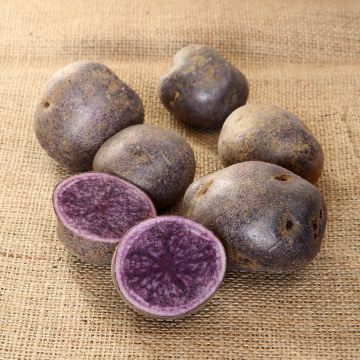
Available in 1 sizes
Available in 3 sizes
Available in 1 sizes
Available in 1 sizes
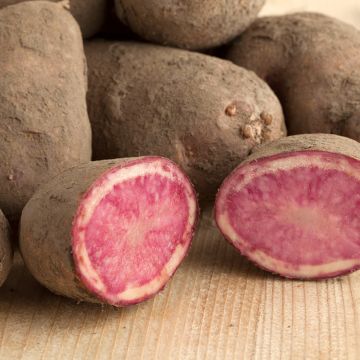
Available in 1 sizes
When to proceed with "planting"?
In fact, the period for cultivating potatoes on grass is the same as the planting of tubercles in the soil. This period will vary significantly depending on the regions. Thus, in coastal regions, planting takes place in mid-March. For more continental areas, wait until mid-April, or even late April for areas prone to late frosts. Generally speaking, the soil should have reached a temperature of at least 10 °C. Gardeners also tend to set the planting date for potatoes in relation to the flowering of lilacs.
You can also repeat this operation to stagger the harvests.
Which varieties of potatoes to choose?
All aboard, Captain! You can even vary your choices by selecting different varieties, some earlier than others, with different textures.
If you want to harvest early potatoes, that is, 70 to 80 days after planting, opt for varieties like Amandine, Apollo, Belle de Fontenay, Jeannette, Résy, and Sirtema…
If you prefer potatoes for storage, go for Désirée, Nicola, and Pompadour.
How to plant potatoes on grass?
- Chit your potatoes placed on trays in light and in a cool but frost-free room.
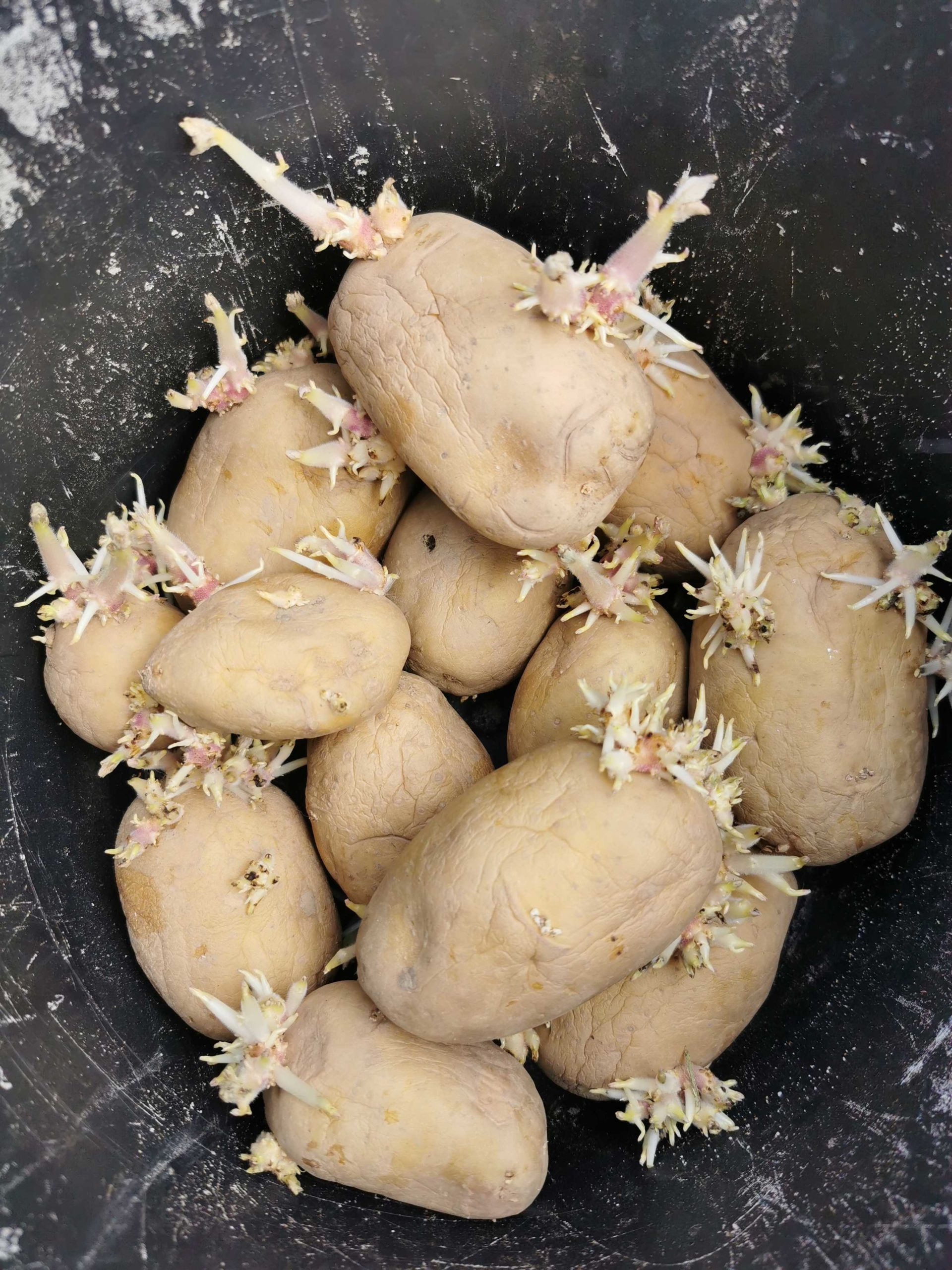 You can also obtain pre-chitted potatoes. If you don’t have enough, cut them in half ensuring there is a sprout on each half. The chitting stage takes four to six weeks.
You can also obtain pre-chitted potatoes. If you don’t have enough, cut them in half ensuring there is a sprout on each half. The chitting stage takes four to six weeks. - After marking out the grassy area for your potato crop, mow. Be sure to keep the mowing waste to dry. Choose a sunny spot.
- Place your potatoes directly on the lawn, spaced at least 30 cm apart if you want to harvest them as early potatoes, and 40 to 50 cm for maincrop potatoes.
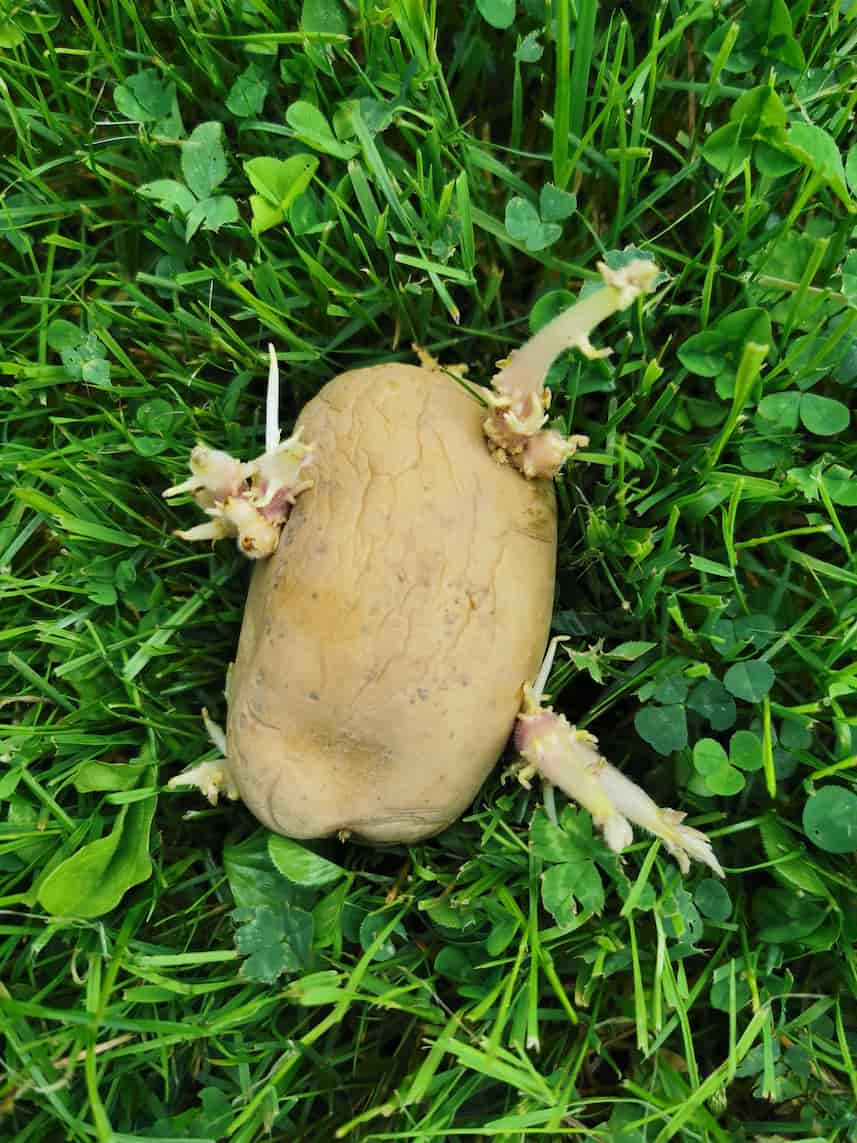 You don’t have to adhere to a straight planting line, so make use of the entire area.
You don’t have to adhere to a straight planting line, so make use of the entire area. - Place a little compost on each potato, possibly mixed with some garden soil.
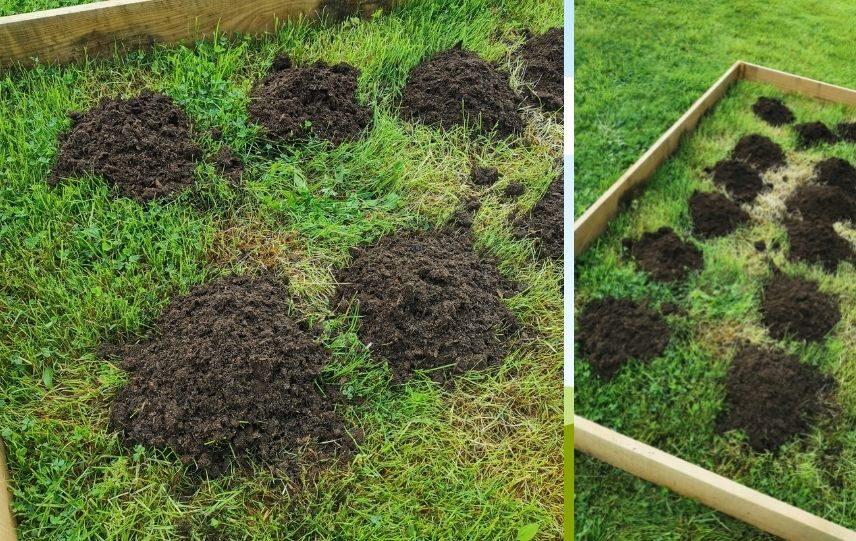
- Add a good handful of dry grass clippings so that the potato is covered by at least 10 to 15 cm.
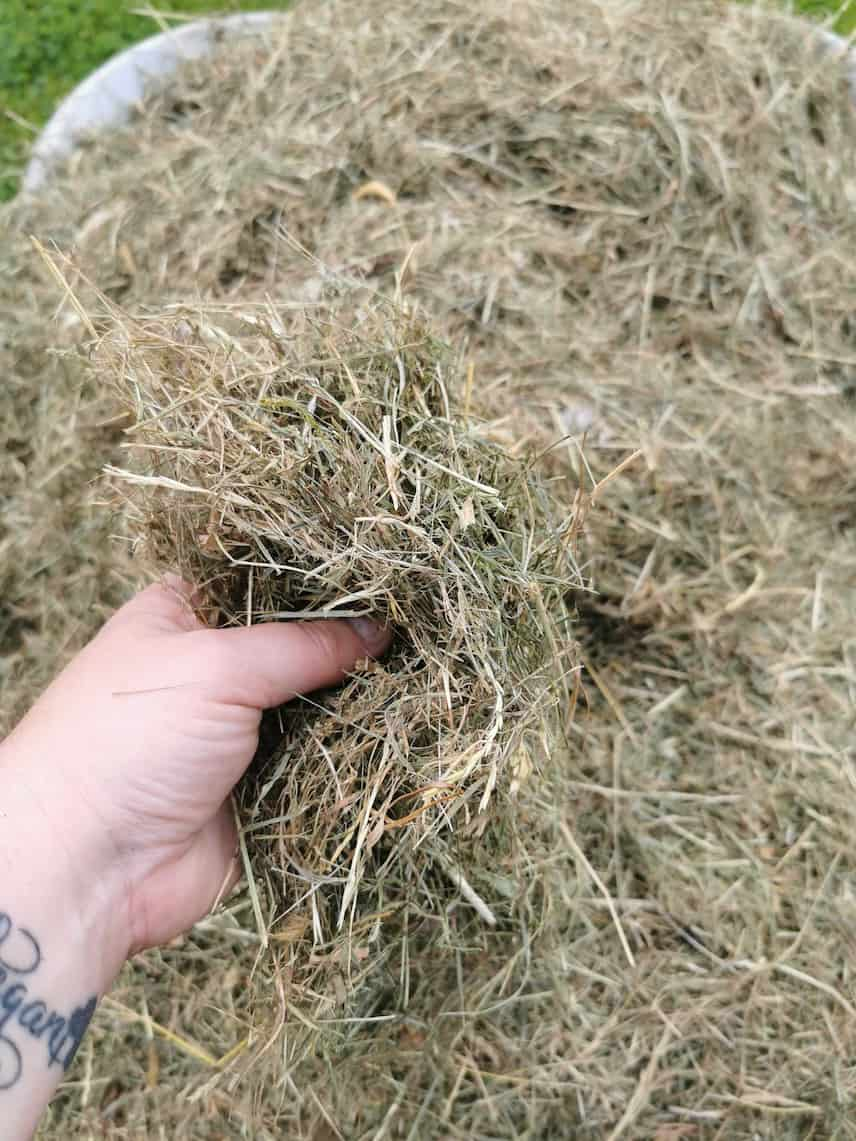
- Finish with a good mulch of dry grass clippings, straw, dead leaves, or ramial chipped wood
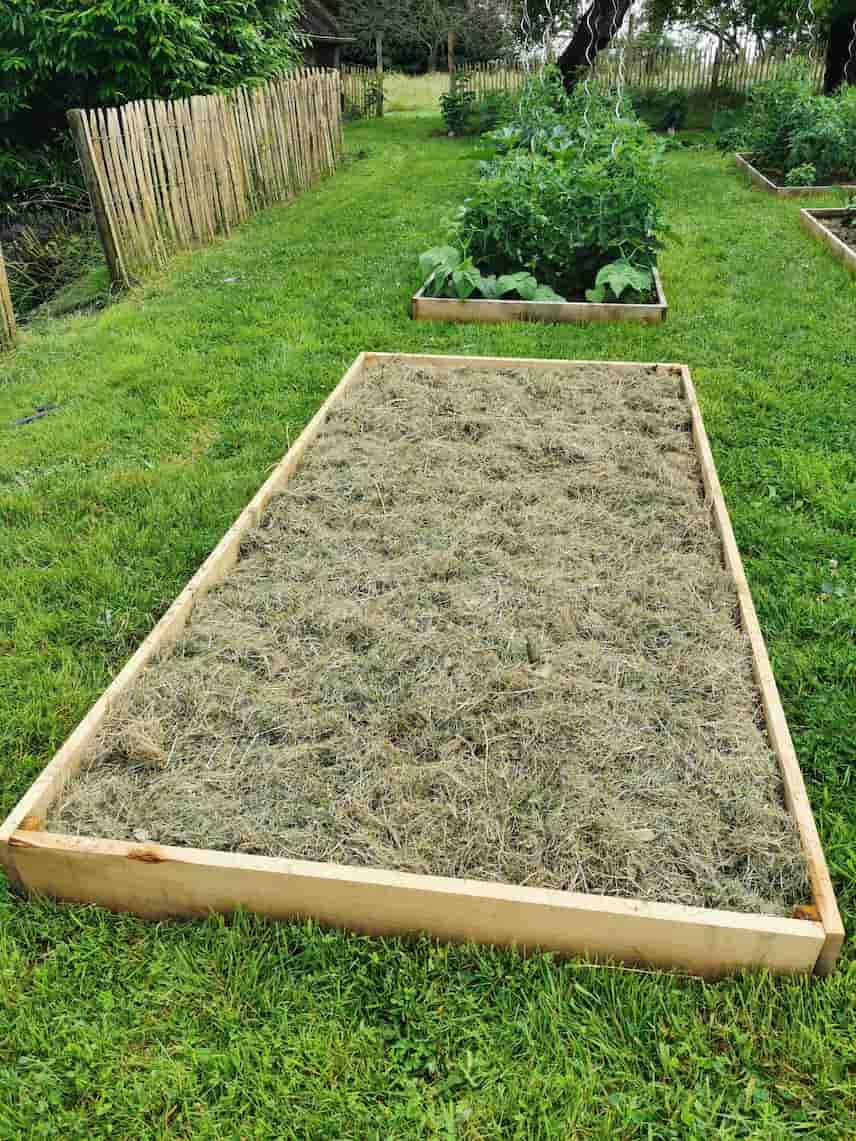
Water lightly.
And then?
In traditional potato cultivation, earthing up is obligatory and regular. Here, earthing up simply involves adding layers of grass clippings, not too wet to avoid fermentation. And at this time, you have plenty of grass clippings available! This earthing up is obligatory as it will allow the potato plants to become sufficiently sturdy and, most importantly, prevent the tubercles from being exposed to the air, which makes them unfit for consumption.
Similarly, only water if the weather is truly dry and there is no rain.
Around June, you can gently lift the mulch to check on the growth of your tubercles.
As soon as the flowers appear, you can start harvesting the first new potatoes.
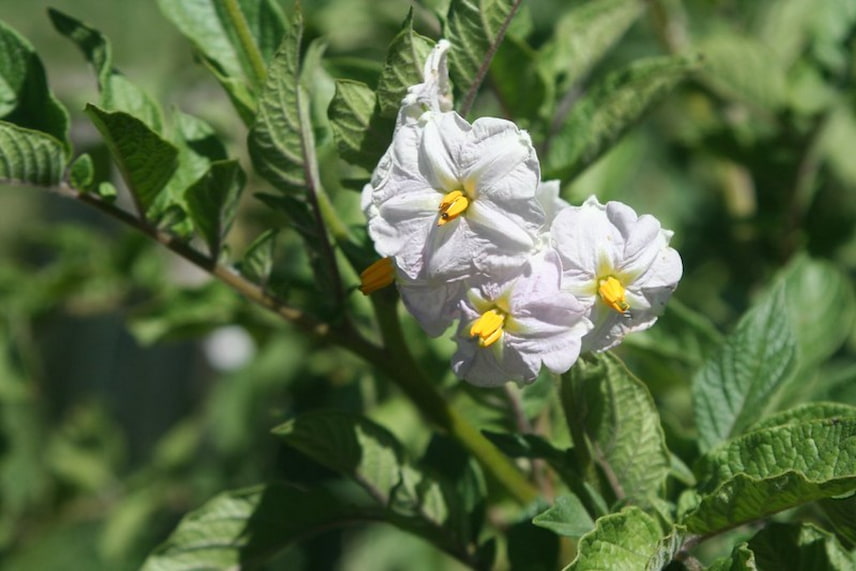
As soon as the flowers appear, the new potatoes can be harvested
And as soon as the leaves have yellowed, you can harvest your potatoes by hand or pull up the plants.
Some limitations nonetheless…
If this alternative to traditional potato cultivation seems revolutionary, it still has a few drawbacks to be aware of before getting started:
- You need to have a large quantity of grass clippings, which tends to become scarce in June and July.
- If the weather is rainy, the grass clippings remain damp, increasing the risk of rot.
- This cultivation method may attract voles and slugs. However, you might also choose to leave them a few potatoes for their personal consumption…
- Subscribe!
- Contents
































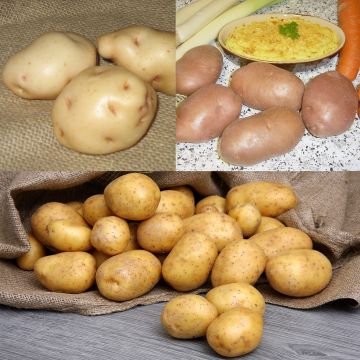
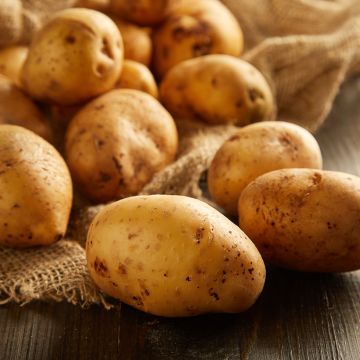
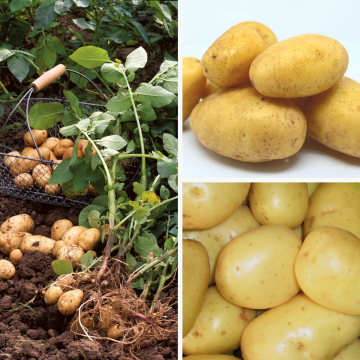
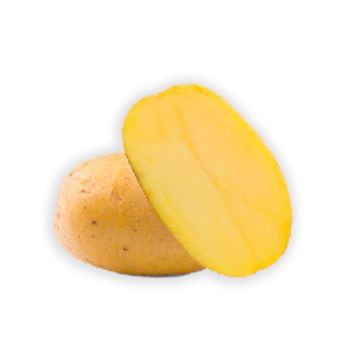
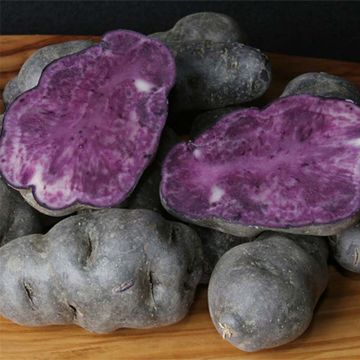
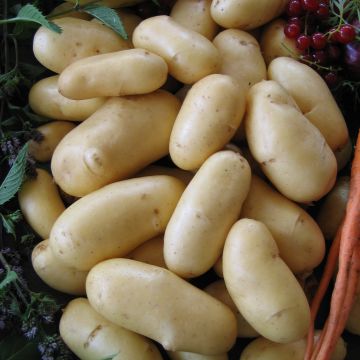
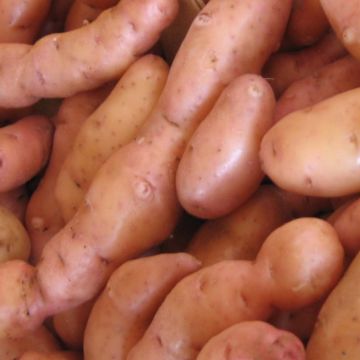
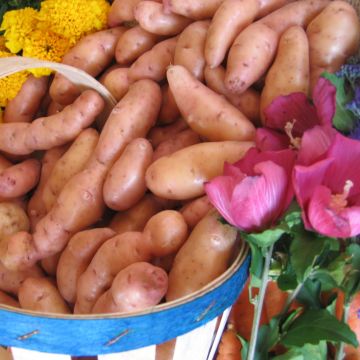
Comments